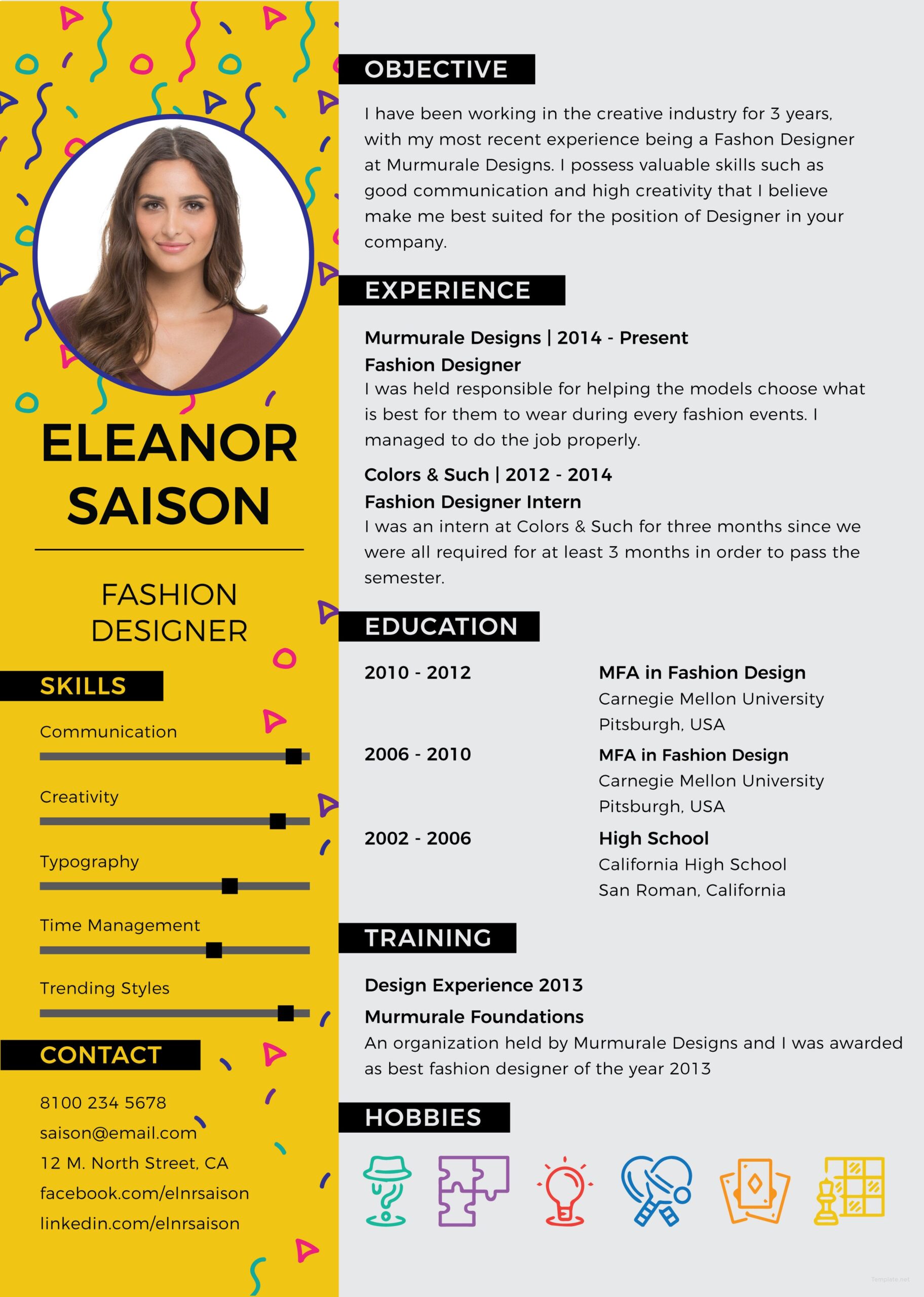A designer resume is a crucial tool for any aspiring designer looking to showcase their skills and experience to potential employers. In today’s competitive job market, having a well-crafted resume is essential to stand out from the crowd and land your dream job. In this article, we will explore what a designer resume is, why it is important, and how to write an effective one.
What is a Designer Resume?
A designer resume is a document that summarizes your skills, qualifications, and experience as a designer. It serves as a marketing tool to present your abilities and accomplishments to potential employers. A well-designed resume should highlight your creativity, technical skills, and industry knowledge.
Why Do You Need a Designer Resume?
A designer resume is important for several reasons:
- Showcase your skills: A well-crafted resume allows you to showcase your skills and expertise in a concise and organized manner. It provides potential employers with a clear understanding of your abilities and what you can bring to the table.
- Stand out from the competition: In today’s competitive job market, having a unique and visually appealing resume can help you stand out from other applicants. A well-designed resume can catch the attention of hiring managers and make a lasting impression.
- Highlight your experience: A designer resume allows you to highlight your relevant experience in the field. It provides an opportunity to showcase your previous work, projects, and achievements, which can be crucial in securing an interview.
- Professionalism: A well-crafted and polished resume demonstrates your professionalism and attention to detail. It shows that you take your career seriously and are committed to presenting yourself in the best possible light.
What to Include in a Designer Resume
When writing a designer resume, it is important to include the following sections:
- Contact Information: Include your full name, phone number, email address, and professional portfolio website (if applicable).
- Summary/Objective: A summary or objective statement that highlights your skills, experience, and career goals.
- Education: List your educational background, including any relevant degrees, certifications, or courses.
- Work Experience: Detail your previous work experience, including job titles, company names, dates of employment, and a brief description of your responsibilities and accomplishments.
- Skills: Include a section that highlights your technical skills, software proficiency, and any other relevant abilities.
- Projects/Portfolio: Showcase your design projects or portfolio. Include links to your online portfolio or attach samples of your work.
- Awards/Achievements: If you have received any awards or recognition for your work, include them in this section.
- References: Optionally, you can include references or testimonials from previous employers or clients.
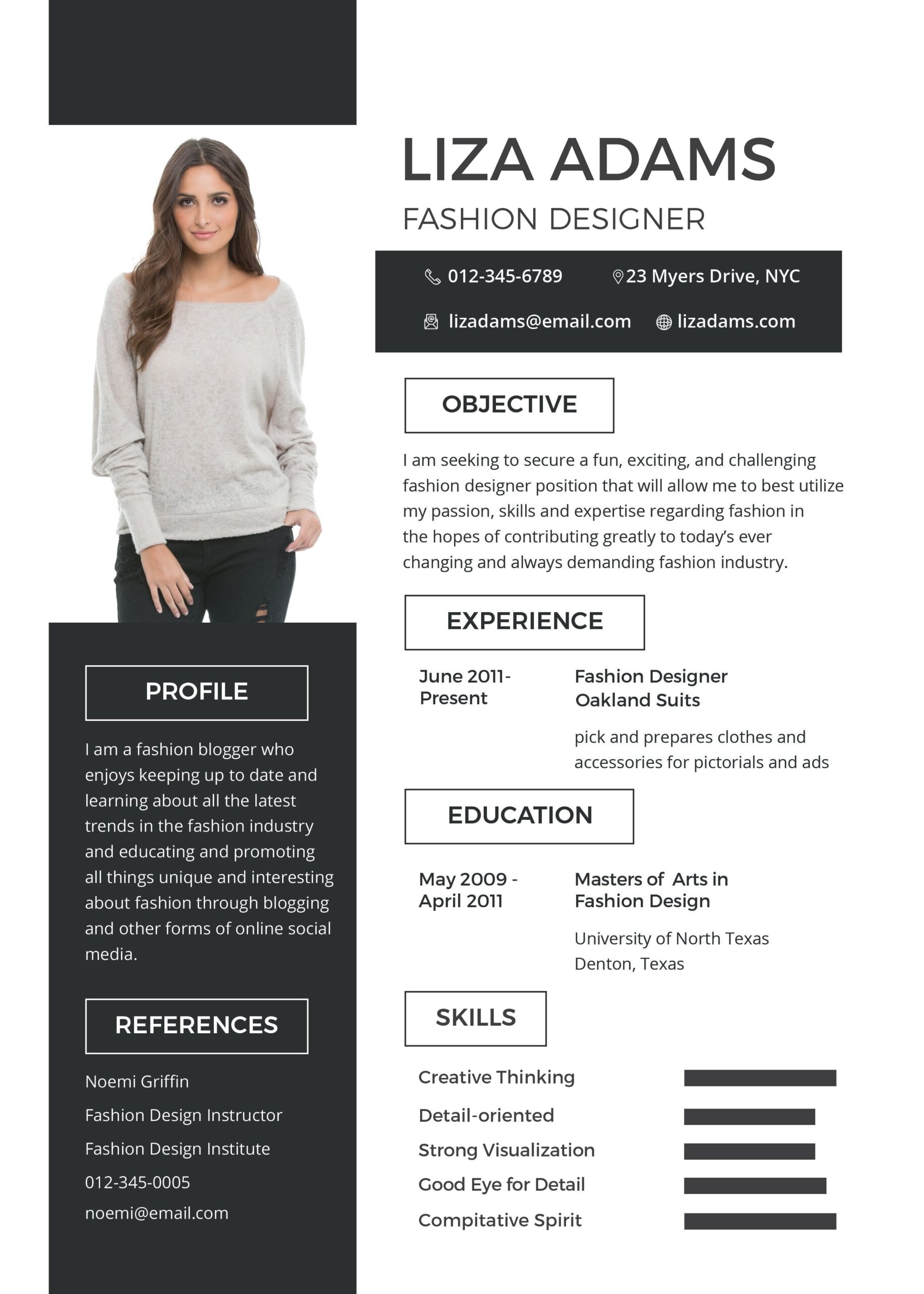
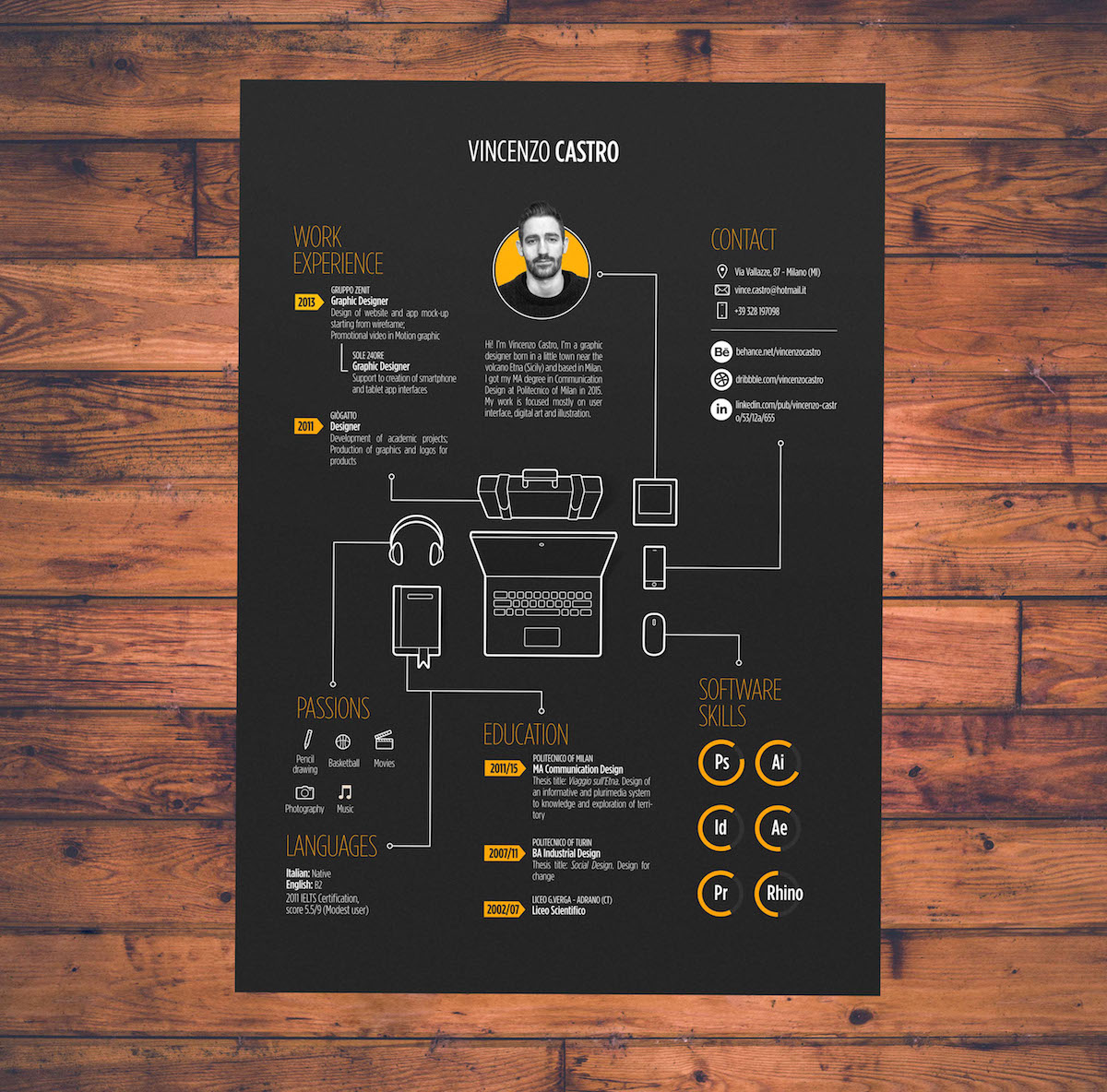
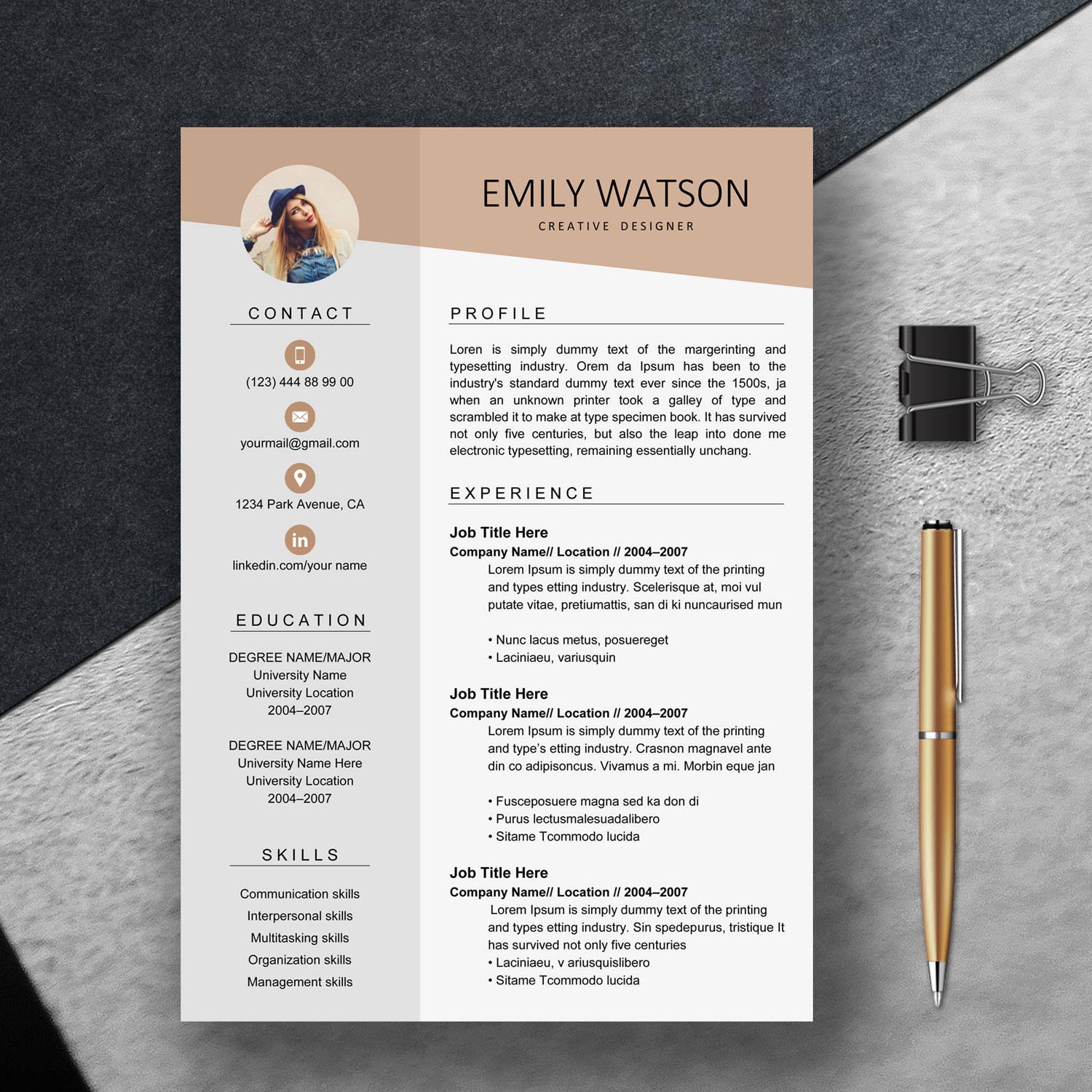
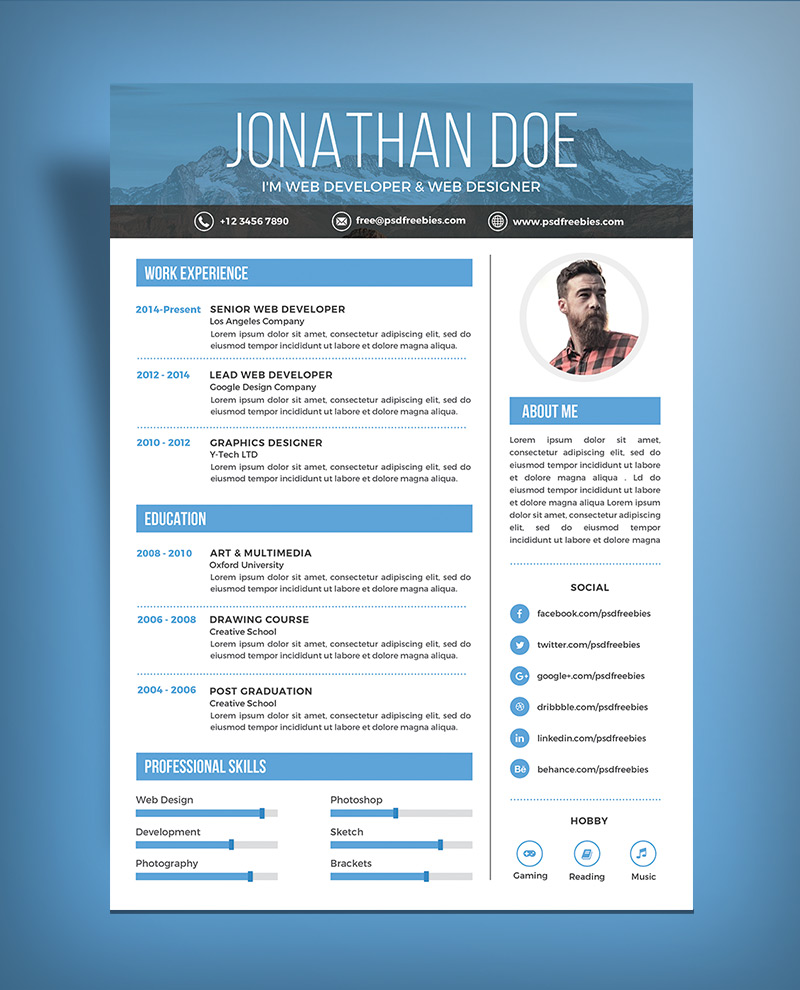
How to Write a Designer Resume
When writing a designer resume, follow these tips to create an effective and engaging document:
- Choose the right format: Select a resume format that best suits your skills and experience. Consider using a visually appealing design that reflects your creativity.
- Be concise and specific: Use clear and concise language to describe your skills, experience, and accomplishments. Avoid using jargon or buzzwords that may confuse the reader.
- Showcase your work: Include samples of your work or a link to your online portfolio to provide visual evidence of your design skills.
- Customize for each job application: Tailor your resume to match the requirements of each job you apply for. Highlight the skills and experience that are most relevant to the position.
- Proofread and edit: Ensure that your resume is free from any spelling or grammatical errors. Double-check the formatting and layout to make sure it is visually appealing and easy to read.
By following these guidelines and putting in the effort to create a well-crafted designer resume, you can significantly improve your chances of landing your dream job in the design industry.
Designer Resume Template Word – Download
